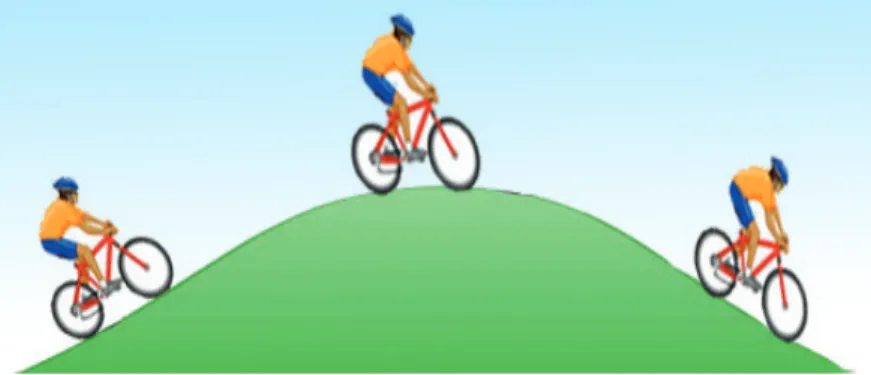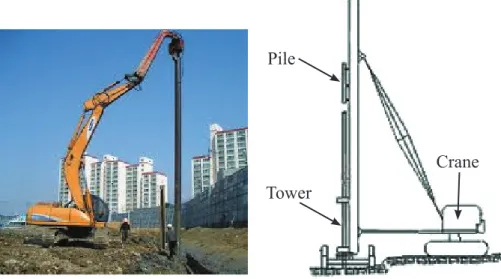Work, energy and power
Texte intégral
Figure
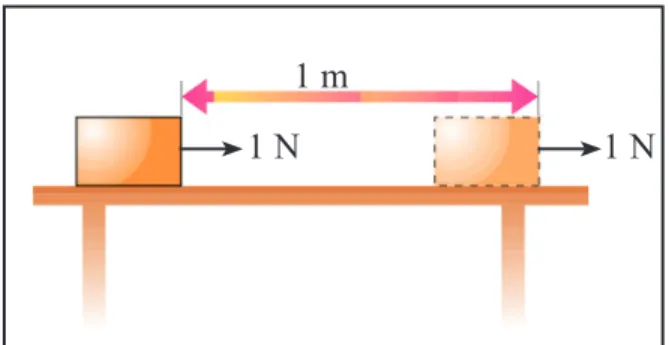

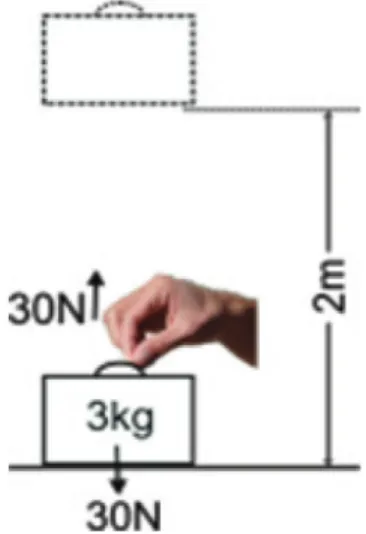
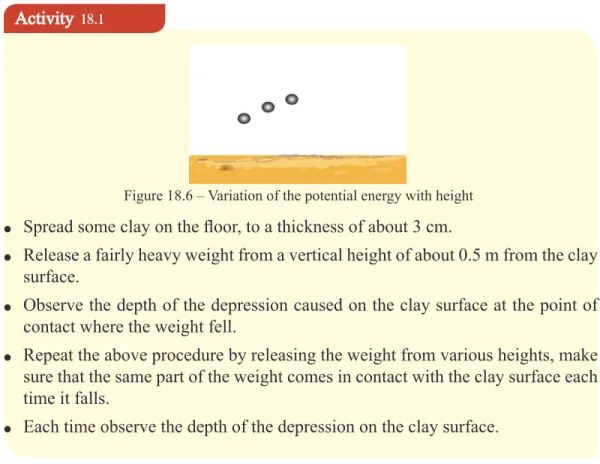
Documents relatifs
Gravitational potential energy is the energy stored in an object as the result of its vertical position or height.. The energy is stored as the result of
Tables 25 and 26 present, respectively, the direct fossil-fuel requirements (flows) and the corresponding specific fossil-fuel requirements expressed in relation to
For energy storage source, the energy efficiency is simply the ratio of the output electrical energy during discharging over the input electrical energy during charging.
A considerable part of the heat increment and energy efficiency can be explained by biochemistry Energy utilization and energy systems Jaap van Milgen... Freely available
In 2000, primary energy production in Croatia decreased by 1.7 percent compared to 1999, with the average annual decrease rate of 3.7 percent during the five-year period..
Total production of electricity in the Republic of Croatia in 2011 amounted to 10 830.3 GWh, with 45 percent of energy produced from renewable energy sources including large hydro
In the period from 2007 till 2012, energy intensity of total primary energy supply decreased at an average annual rate of 0.8 percent, whereas energy intensity of the total
said that the designed packet energy system can provide stable output power with the presence of large number of blocks switching or injecting energy packets

